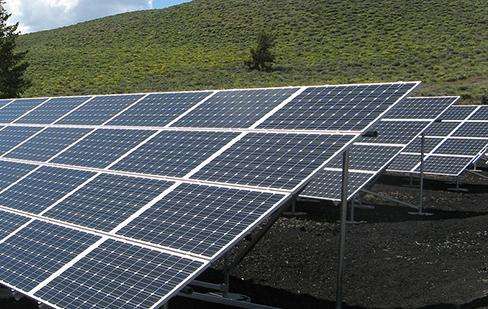80 degrees. The normal temperature of a car engine is generally between 80 degrees Celsius and 90 degrees Celsius. However, the engine work of some vehicles is relatively high-intensity, and the operating temperature will be higher, reaching 90 degrees Celsius or above 100 degrees Celsius. Generator refers to a mechanical device that converts other forms of energy into electrical energy. It is driven by a water turbine, steam turbine, diesel engine or other power machinery. It converts the energy generated by water flow, air flow, fuel combustion or atomic nuclear fission into mechanical energy and transmits it to the generator. It is then converted into electrical energy by the generator.
What does "mechanical resistance" of a steam turbine generator mean? How big is it generally? 15,000 30,000......right?
No, this design considers that the generator must have a margin, because if the generator is selected to have the same power as the turbine, it may not be able to carry a full load due to the high temperature of the generator in summer.
Principle:
A generator is usually composed of a stator, a rotor, an end cover and a bearing.
The stator and rotor of the generator are connected and assembled by the bearings and end covers, so that the rotor can rotate in the stator and perform the motion of cutting the magnetic lines of force, thus generating an induced electric potential, which is led out through the terminals and connected to the circuit , an electric current is generated.
Steam turbine generator (English: steam turbine generator / steam turbo-generator /STG / steam turbine-driven generator / turbine-generator / turbo-generator / turbo-alternator) refers to power generation driven by a steam turbine machine. The superheated steam generated by the boiler enters the steam turbine and expands to do work, causing the blades to rotate and drive the generator to generate electricity. The waste steam after the work is returned to the boiler for recycling through the condenser, circulating water pump, condensate water pump, feed water heating device, etc.
It should be the unit. Generally, the power of the answer can be MW or KW.
For example, 300MW is 3 million KW.
The current mainstream units of power plants include 300MW, 350MW, 600MW and 1000MW.
This is determined based on the conditions of the working fluid, mainly steam flow and steam parameters. Whether the steam parameters exceed the critical point can also be divided into subcritical, supercritical, and ultra-supercritical. It can also be divided into impulse type and reaction type according to the work mode, and at the same time according to whether there is extraction steam recuperation.














